I’ve always been fascinated with the island of Limasawa Island. Other than its fame in history books, my grandmother, a public school teacher used to tell me in jest: Limasawa, lima ka asawa (five wives). Despite that early familiarization, it was only when I was turning 42 when I decided to spend a few days in the island, unplugged from the online world. Kind of strange for one who is a blogger and spends a big chunk of one’s time online but to stop, ruminate on the past, the present and the future is needed. Sometimes.
Limasawa Island is a comma shaped sliver of land at the southwestern tip of Leyte that almost all Filipinos know by heart through history as the site of the first mass in the country held in March 31, 1521. Although, Masao in Butuan City has disputed the island’s claim, the National Historical Institute (now the NHCP) has long settled this issue in 1998.
The passenger outrigger boat docked at the beach of Triana, named after the suburb in Seville, Spain, where at its main church, Ferdinand Magellan and his wife Beatriz were wed. There were no lofty church spires, or medieval structures but what greeted me was a beautiful pebbly beach, a hill with a narrow road, swaying coconut palms and several houses typical of seaside communities in the country.
For the next three days I was sleeping at the kubo (hut) by the sea at a small resort and gorged on seafood that I asked to be cooked for my meals. Where the incessant waves put you to sleep and greet you in the morning. When the tropical breeze would cool your hot afternoons and sing a lullaby at night.
The island is small. Although it’s possible to walk end to end, it’s better to hop on a habal-habal, passenger motorcycles that typically carry from one to five people. Touristy stuff includes a must visit to the Shrine of the First Mass where animated guide Sam Espinosa Galvez recount the history of the island while a hundred steps up the hill beside the shrine leads you to the spot where Ferdinand Magellan first erected a cross. Now, a tall and wooden one stands with an expanding view of the countryside.
Craving the sea?
But if it’s the waters you crave for, the deep at the shrine’s vicinity is known as a diver’s paradise where several visitors from around the world come and take the plunge. For non-divers, it’s better to head either to the white sandy beaches at the other side where Dakdak Beach Resort is and where you can see the outline of Panaon Island from a distance.
If you are a bit adventurous and wouldn’t mind going down a ravine and into a series of rocky outcrops, head north, to the mesa, as I call it because of the flat land with its edges a vertical drop to the sea. It’s quite a ride as you pass by the village of Triana, then up and down a narrow rough road and into scrubland punctuated with some trees and a modern lighthouse at the edge. You look down, follow a steep foot path and clinging on vines and branches. But once you reach the bottom, a beautiful scene unfolds as a series of irregularly formed coralline rocks emerge from the water and in between these, are pools of varying depths. There’s even a fresh water spring merging from a small cave at the bottom of the cliff.
Getting there
Limasawa Island is reached from the town of Padre Burgos, Southern Leyte via motorized passenger outrigger boats daily. Accommodations are available in Triana, where these boats dock. Another option is at Dakdak Beach Resort. Habal-habal is the main transport around this small island.

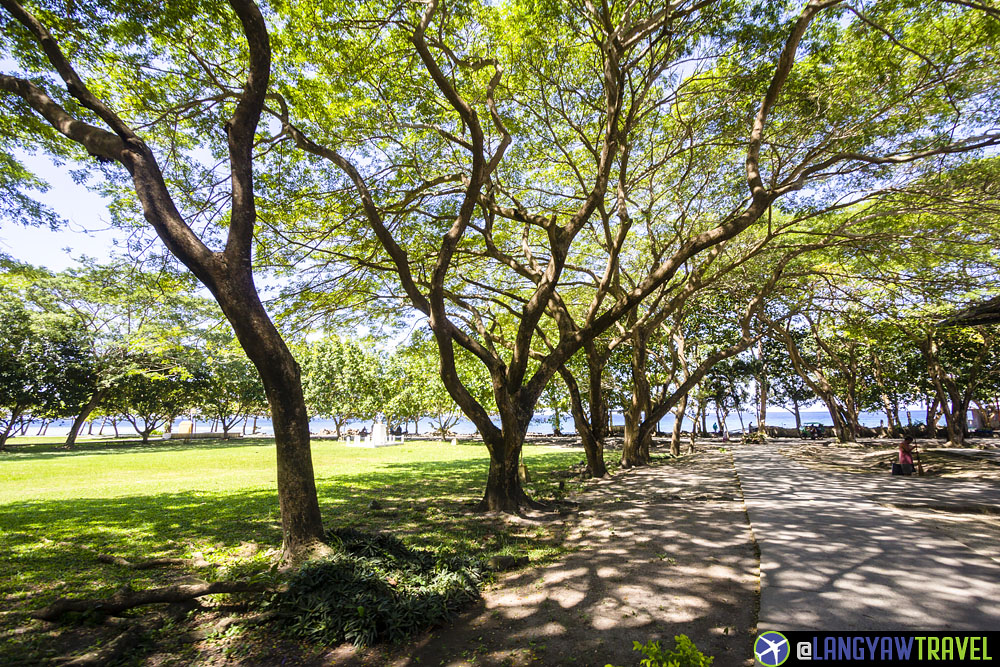
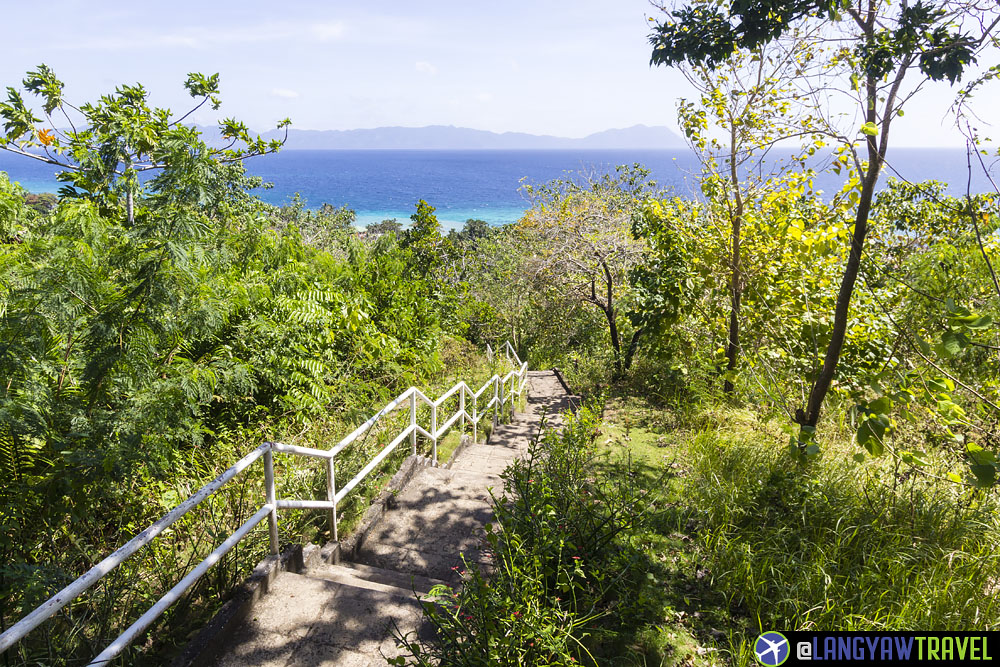
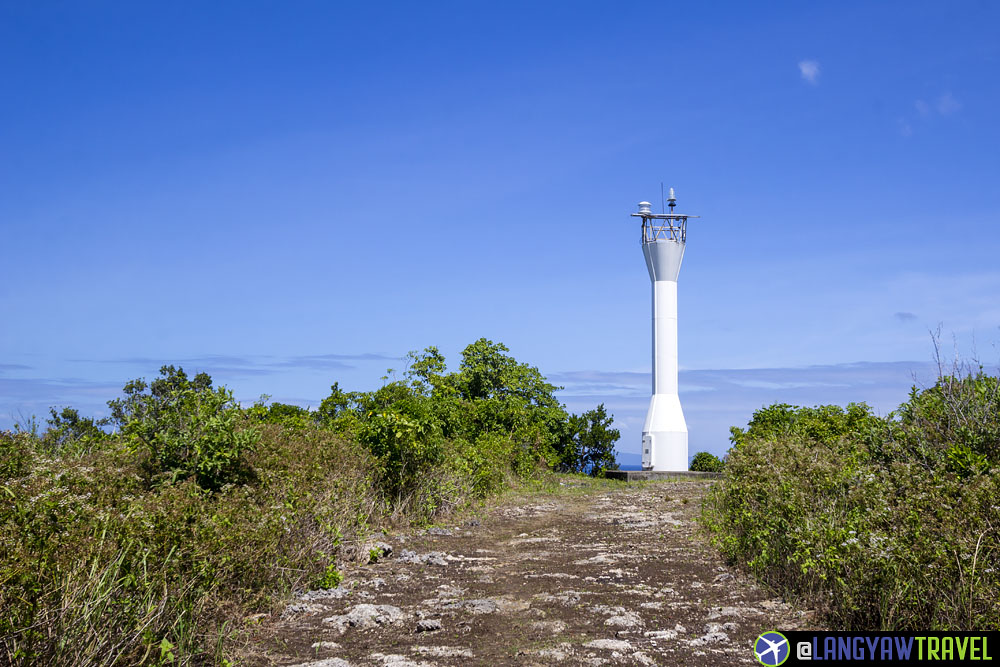
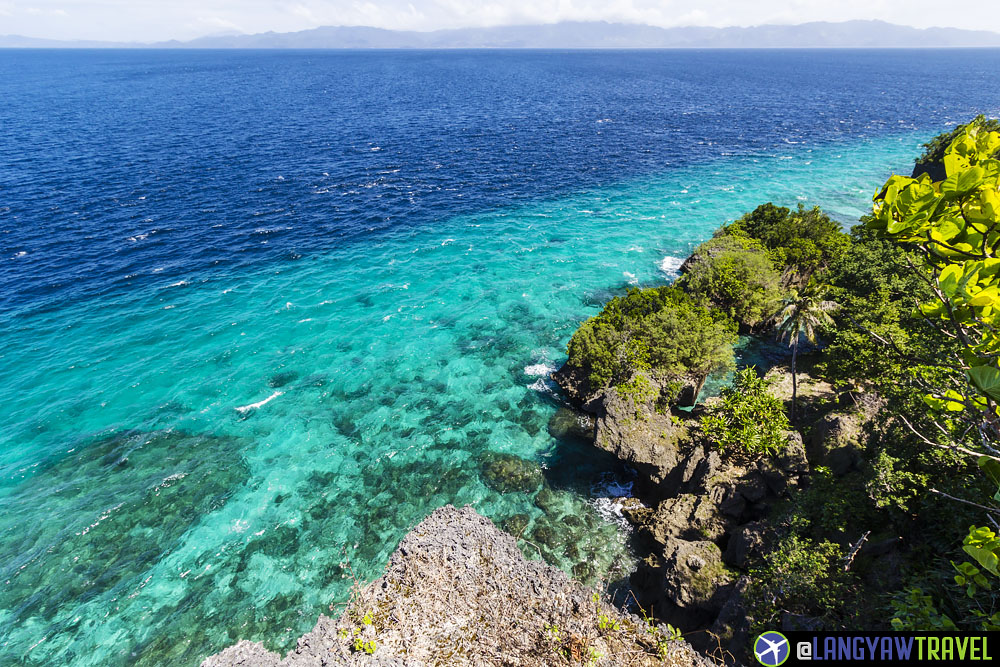
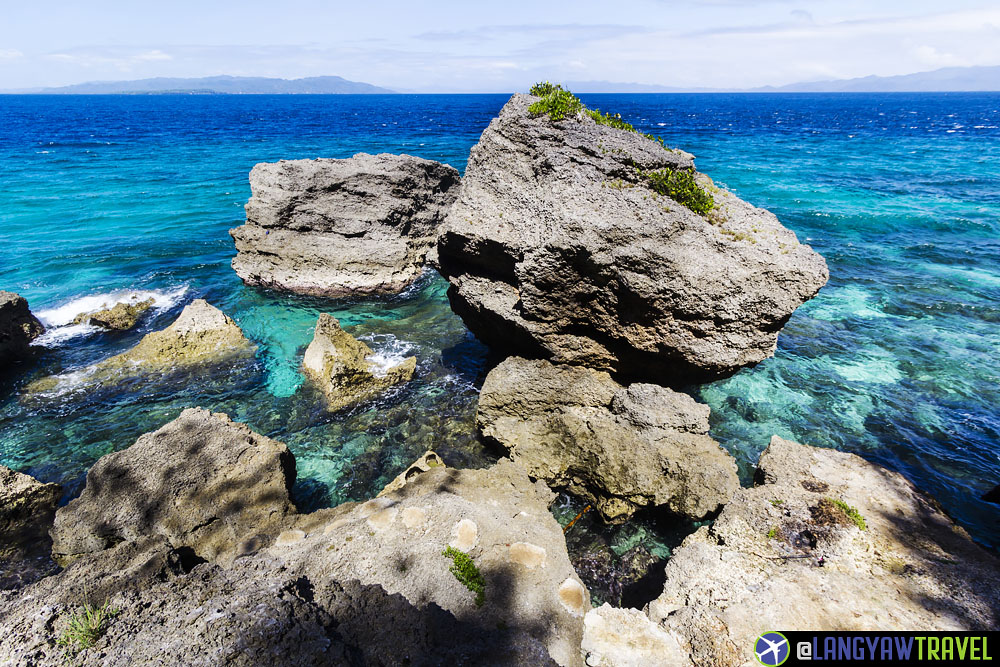

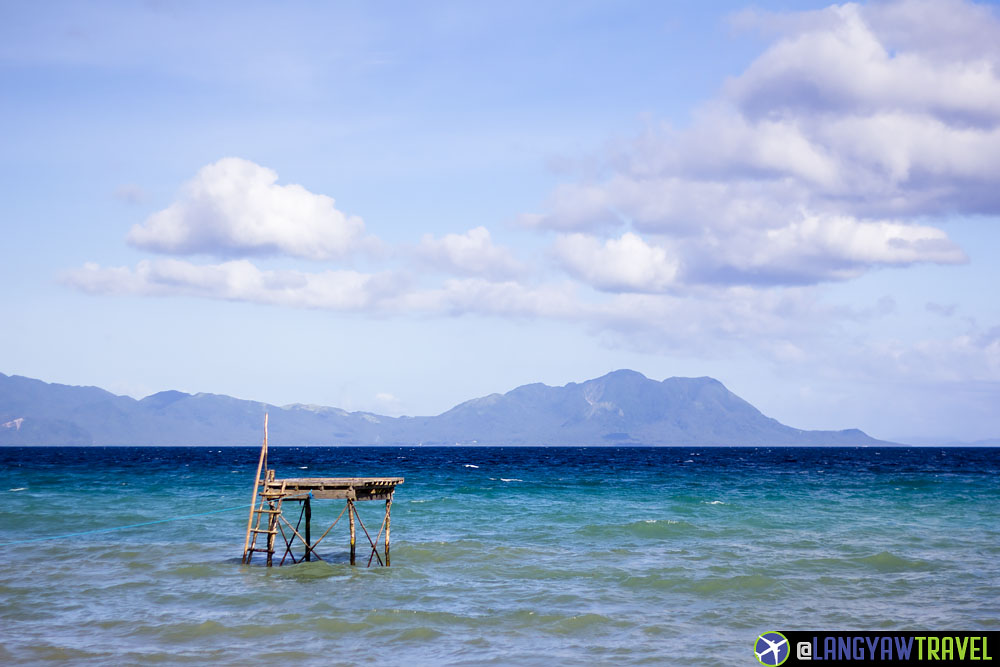



Comments are closed.